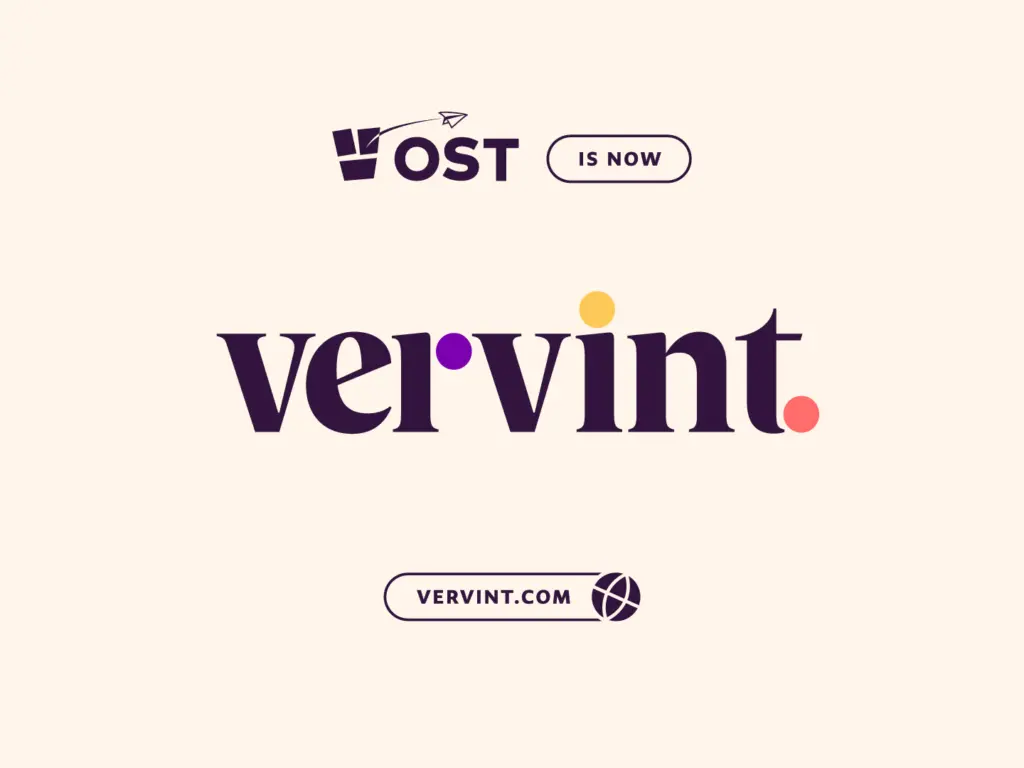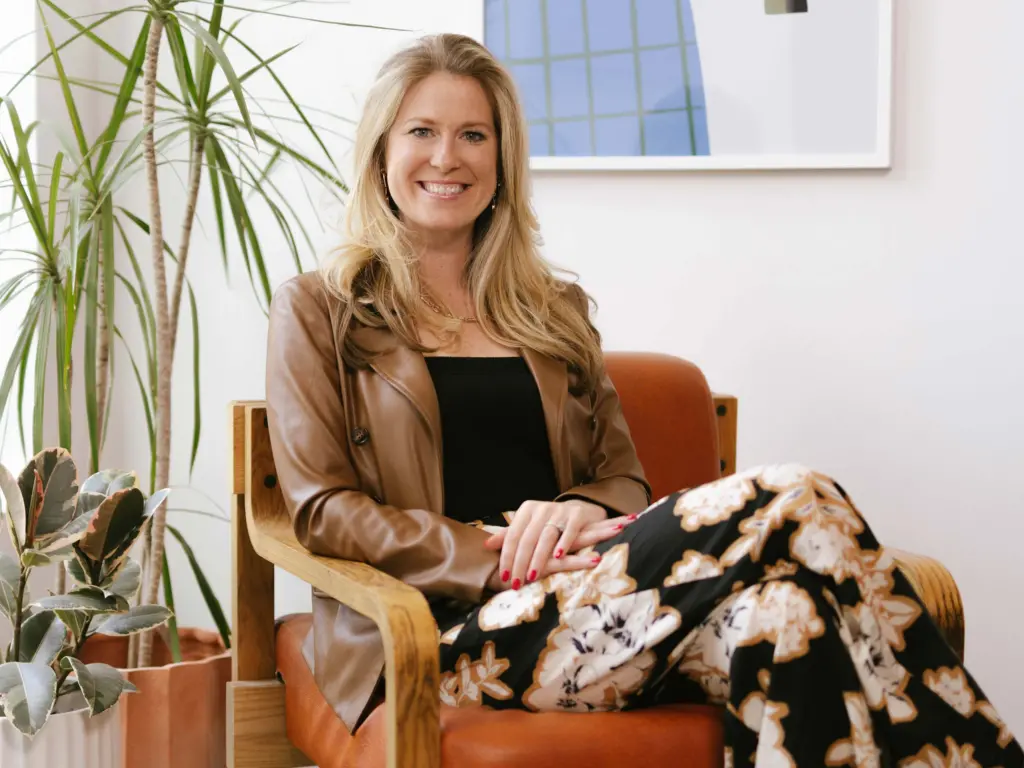Businesses often advertise an employee-first company culture. But what does that actually mean? Does it mean having a never-empty office coffee pot and throwing in a few extra PTO days? These benefits are nice to have, but at Vervint, we believe culture goes far beyond “a foosball table and free coffee,” as Justin Lang, one of Vervint’s senior data analytics consultants, explained.
An employee-first company culture includes a human-centered approach, compassion, understanding, flexibility for each person’s needs, celebrating wins, handling losses as a team and honoring each person as an individual – to name a few things.
I’ve seen this firsthand at Vervint. When I began as an intern on the marketing team, I was warmly welcomed. I’ve been included in transparent, goal-oriented company calls. I found and connected with Vervint communities like “Next Chapter” for 20-somethings within the company. For interns, being included in significant conversations, having their voice heard and having their ideas valued can be rare – but all of that is commonplace here at Vervint no matter where you are in the org chart.
There is a lot that goes into creating and sustaining a truly employee-first culture. I recruited some volunteers from Vervint’s Connected Products Team to talk about their experience and to gain a deeper understanding of what an employee-first culture looks like in practice and the value it creates beyond employees themselves.
The Importance of an Authentic Employee-First Company Culture
“Company culture” has become a buzzword used to showcase how much companies care about their employees. This focus on company culture has only increased since the pandemic. And in the new world of virtual and hybrid working options, creating a connected culture is simultaneously more challenging and more important. In fact, in a survey of 1,500 job seekers, forty-six percent viewed company culture as “very important” when deciding where to apply. And forty-seven percent of active job seekers expressed that culture “is the reason they are leaving their current role.” Even without knowing the statistics, most companies understand that they need to prioritize company culture.
However, achieving a truly authentic employee-first culture requires intentionality from both the employer and employees. It takes more than doling out full-sized candy bars or throwing occasional pizza parties. These types of perks, while they are nice, are the bare minimum when building a company culture that positively impacts employees, their families, your clients, and the community. A true employee-first culture, as Lang described, “comes from the relationships and experiences created for – and by – employees.”
Many think it takes investing tons of time and money to encourage this type of environment, but that is not always the case. The difference is made at the personal level. Things like team bonding activities, company-wide employee celebrations and plenty of clubs and Slack channels to connect with coworkers who share similar passions make a huge difference.
For example, at Vervint, our Talent Experience Team has created a company Slack channel for employees to recognize each other’s efforts and accomplishments. This recognition fosters encouragement and makes each individual feel seen and valued for the work they do. This is one example of how Vervint champions a caring and celebration-oriented company culture that puts employees first and drives better results for our clients.
Employee-First Culture Meets People’s Needs
Vervint is a company made up of individuals with interesting and different career journeys. For some, like Technical Partner Manager Amanda Malaric, joining Vervint provided a fresh start with a culture that truly cared about the person. Fleeing a toxic work environment, Malaric said, “I wanted to work somewhere that felt more professional at the management level but still felt like a family at the practice level.”
Others came to Vervint looking for collaboration with other brilliant people. Lang said he “wanted to work with a diverse group of talented developers and experience a variety of customers and projects.” Connected Products Business Line Leader Jen Nowlin shared a similar sentiment. Nowlin was seeking to work in a team environment after she had been freelancing on her own. This need for a collaborative environment was satisfied at Vervint because a team-focused and outcomes-based approach is standard for projects.
Others purely won the employer lottery. Take Data Analytics and Connected Products Architect Alex Tweedy. Tweedy had actually worked with Vervint before he worked at Vervint. He was then approached by a co-worker from Vervint about an open position. He gained an outside view of who Vervint is and how we operate, which demonstrates how a company’s culture reaches farther than just its employees. It ripples through every touchpoint that employees have, whether in a project with a client, meeting with a vendor or talking about their company with friends and family.

35: Remote Onboarding
Company Culture Improves Talent Retention
Typically, starting a new position comes with positive first impressions and feelings about a new company. But for a company to truly have a desirable work environment, that same “first day best” standard needs to be upheld long-term to positively impact someone’s overall experience. Our Connected Products Team also described how Vervint encourages long-term employee satisfaction.
Vervint’s employee-first focus celebrates and values the individual, not just the work they can produce. This can mean providing flexibility to work from home for some (even when there’s not a global pandemic). For others, like Lang, team events in the office demonstrate how connection and belonging are valued and encouraged. Providing flexible options for working environments gives employees autonomy to determine when and where they thrive and can deliver their best work.
Vervint also prioritizes recognition at all levels in “creative and personal ways,” Nowlin said. This makes a significant impact on how celebrated, supported and encouraged employees feel throughout the organization.
Vervint’s company culture also impacts retention by positively impacting everyone’s day-to-day interactions and fostering creativity. For example, during the time that Malaric has been with Vervint, she has learned “that leaning on the people around you is not a sign of weakness.” This lesson can only be learned in an environment that increases trust, allows space for honest team communication, and encourages collaboration over competitiveness. Others shared similar sentiments. Lang described how he learned “that mistakes should be embraced and that your ‘next move’ is [the] only one that matters” after experiencing failure.
This is a pivotal – and difficult – shift in thinking. Failure has an incredibly negative connotation, but failure and success present equally powerful learning opportunities. Only cultures that embrace strategic failure at all levels gain a competitive advantage through more diverse growth and development.
Company Culture Matters for Employees and for Business Partners
When employees are encouraged, affirmed, and valued, they take that energy and positivity into the work they do, driving more value for clients, community partners and others. If you’d like to work with an authentic partner with over 25 years of success, all you need to do is start the conversation. We look forward to hearing from you!


